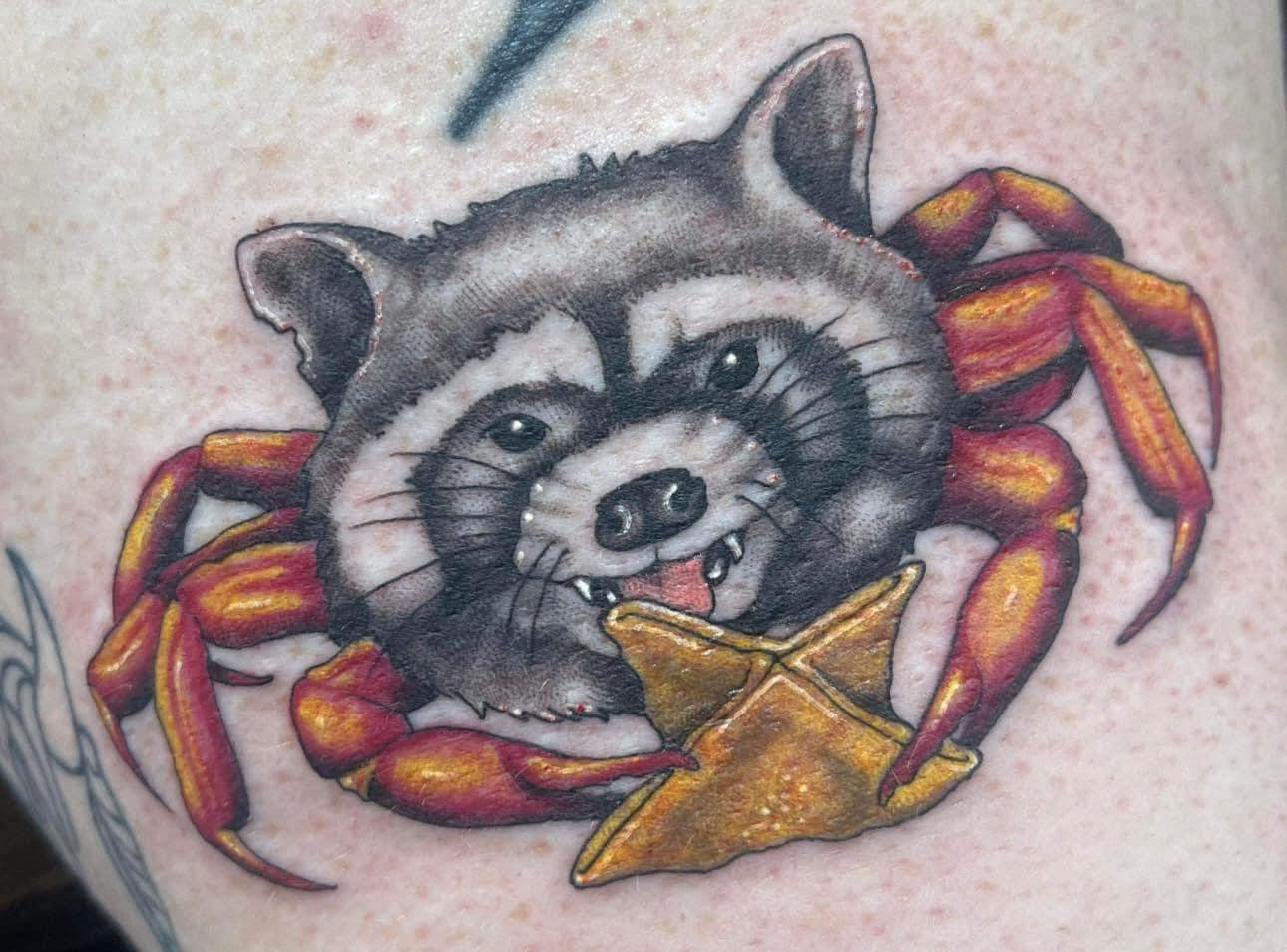Computational phylogeny of Indo-European
Alexei S. Kassian and George Starostin, "Do 'language trees with sampled ancestors' really support a 'hybrid model' for the origin of Indo-European? Thoughts on the most recent attempt at yet another IE phylogeny". Humanities and Social Sciences Communications, 12, no. 682 (May 16, 2025).
Abstract
In this paper, we present a brief critical analysis of the data, methodology, and results of the most recent publication on the computational phylogeny of the Indo-European family (Heggarty et al. 2023), comparing them to previous efforts in this area carried out by (roughly) the same team of scholars (informally designated as the “New Zealand school”), as well as concurrent research by scholars belonging to the “Moscow school” of historical linguistics. We show that the general quality of the lexical data used as the basis for classification has significantly improved from earlier studies, reflecting a more careful curation process on the part of qualified historical linguists involved in the project; however, there remain serious issues when it comes to marking cognation between different characters, such as failure (in many cases) to distinguish between true cognacy and areal diffusion and the inability to take into account the influence of the so-called derivational drift (independent morphological formations from the same root in languages belonging to different branches). Considering that both the topological features of the resulting consensus tree and the established datings contradict historical evidence in several major aspects, these shortcomings may partially be responsible for the results. Our principal conclusion is that the correlation between the number of included languages and the size of the list may simply be insufficient for a guaranteed robust topology; either the list should be drastically expanded (not a realistic option for various practical reasons) or the number of compared taxa be reduced, possibly by means of using intermediate reconstructions for ancestral stages instead of multiple languages (the principle advocated by the Moscow school).
Read the rest of this entry »
